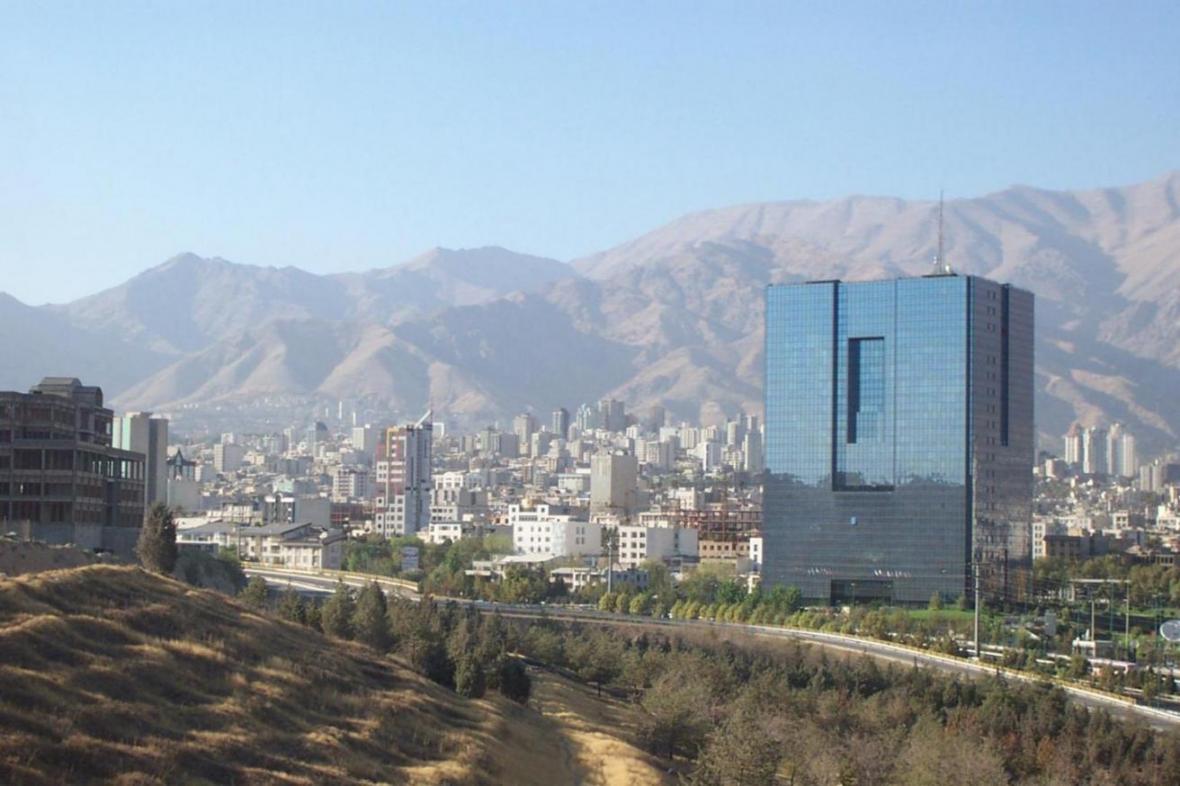Relieving the Central Bank of Iran from the influence of the government has become a hot topic in recent weeks as the Expediency Council, in charge of hashing out differences between the parliament and the Guardian Council, started to rework the details described the CBI’s governance, especially the appointment of its governor. The results of the council’s efforts are expected to be announced soon to address the Guardian Council’s concern over the parliament’s motion to give independence to the Central Bank of Iran.
Currently the central bank has literally no control over monetary policy, as it is set by the Money and Credit Council, headed by the president, which the CBI is a member of.
Often described as a “plight”, government control over the central bank and monetary policy has cost Iran dearly. Monetary policies leading to over 40 percent inflation and a 70 percent drop in the value of the rial, the loss of CBI’s credibility in the face of investors and even placement of sanctions on the bank by the European Union can be traced to this control.
One of the best proposals on CBI governance is to share the power to appoint the bank’s governor between the head of parliament, the judiciary and the president, though there are also other proposals that include election of the governor via parliamentary vote, via a body different from the three branches of power, or keeping the status quo with a few tweaks.
Taking away the power to elect the governor from the president will be inadequate in ensuring the central bank’s freedom of setting monetary policy, as this will need a complete overhaul in the monetary system along with re-educating politicians on central bank’s new role.
New structures are needed for setting goals and measuring the central bank’s performance. Clear-cut rules must be created to govern the bank’s transparency and reporting structure. Although there are well established protocols for these in major central banks around the world, implementing them in Iran requires a change in the constitution and localization regarding Iran’s unique political system.
There are other requirements as well, as pointed out by Hadi Salehi-Esfahani in an editorial in Donya-e-Eghtesad newspaper. He proposes that to ensure stability in policymaking, an independent council should be formed to set monetary policy. There is a necessity to find and foster talents in the banking system and also to resolve potential conflicts of interests arising from pay and bonuses of bank governors.
The move to give the CBI more independence started in 2010 by the parliament, as former president Mahmoud Ahmadinejad weakened the bank and used monetary policy to cover his administrations missteps, which led to the devaluation of the rial and hyperinflation. Naturally, it was the same president who halted progress towards autonomy by refusing to accept the Expediency Council’s decree on the matter. Now, with a new government in office, things are picking up speed.
Giving autonomy to the CBI, if done properly, will undoubtedly improve Iran’s financial system. However, this will only be a start of a badly needed renovation to bring stability and growth to the country and its emerging financial industry. There seems to be light at the end of the tunel.


